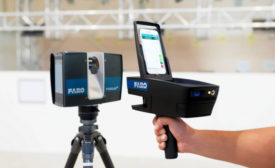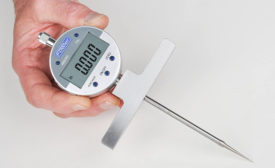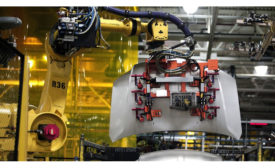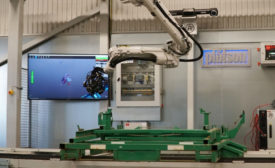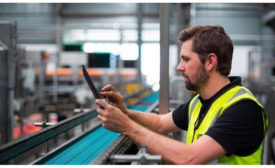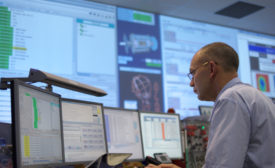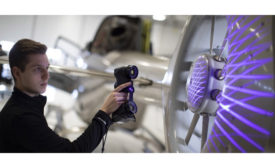Darryl Seland
Darryl Seland is Editor-in-Chief of Quality magazine. He can be reached at [email protected].
ARTICLES
3D scanners are quick, accurate and record mass amounts of geometry, making them less laborious and more flexible than basic metrology tools.
Read More
Column | Darryl Seland
Oh, Behave! Navigating Behavioural and Organizational Change
December 20, 2021
How SPC Software Helps Medical and Pharmaceutical Manufacturers Stay On Track
Such software also automates data collection, inputting information into a single, centralized repository.
December 10, 2021
How Digital Gages Help to Advance Quality
As the industry embraces smart factories and automation, gaging software must seamlessly exchange information across all components in a production process.
December 10, 2021
The Benefits of Automation
The five reasons to consider, and have been considered for decades, about automation.
December 10, 2021
How Automation Helps to Improve Quality
Automating quality control can look different for every organization.
December 10, 2021
How You Can Achieve Measurable Success with Enterprise Visibility
Improved visibility into the data your organization already gathers can help leaders to gain actionable insights and, later strategic improvement plans.
November 9, 2021
How 3D Scanning Solution Boost Quality Gains and Productivity
The key to being successful with automated measuring solutions is to simplify the deployment.
November 9, 2021
Get our new eMagazine delivered to your inbox every month.
Stay in the know with Quality’s comprehensive coverage of the manufacturing and metrology industries.
SIGN UP TODAY!Copyright ©2024. All Rights Reserved BNP Media.
Design, CMS, Hosting & Web Development :: ePublishing

